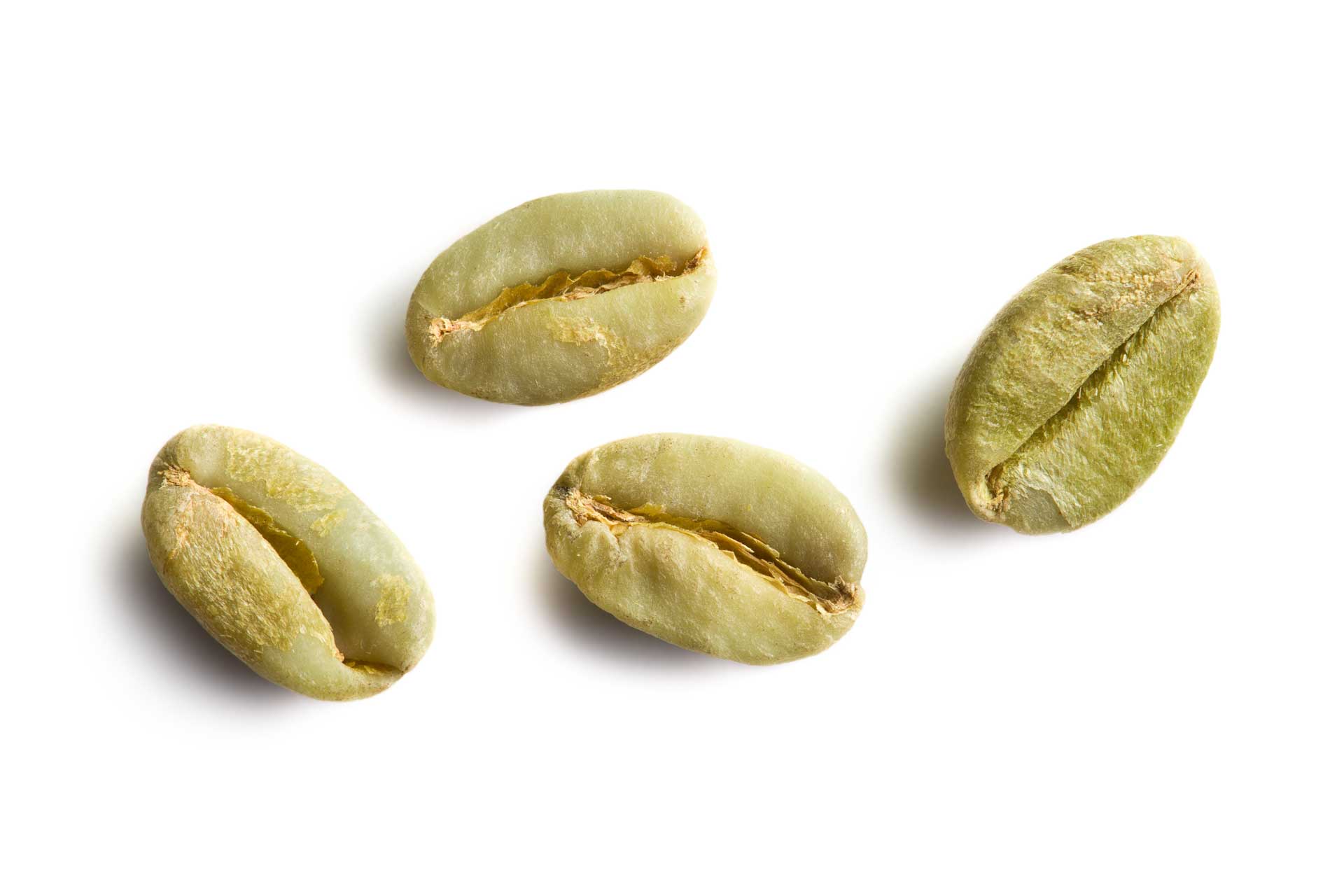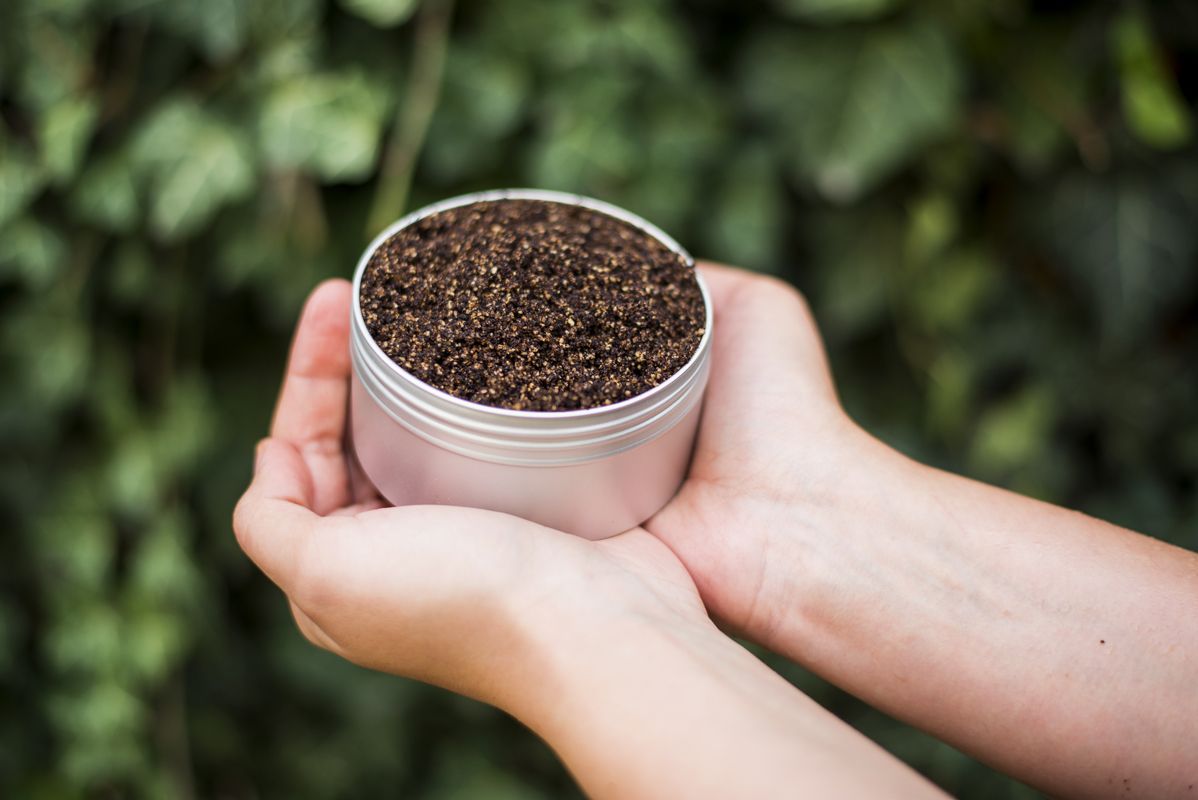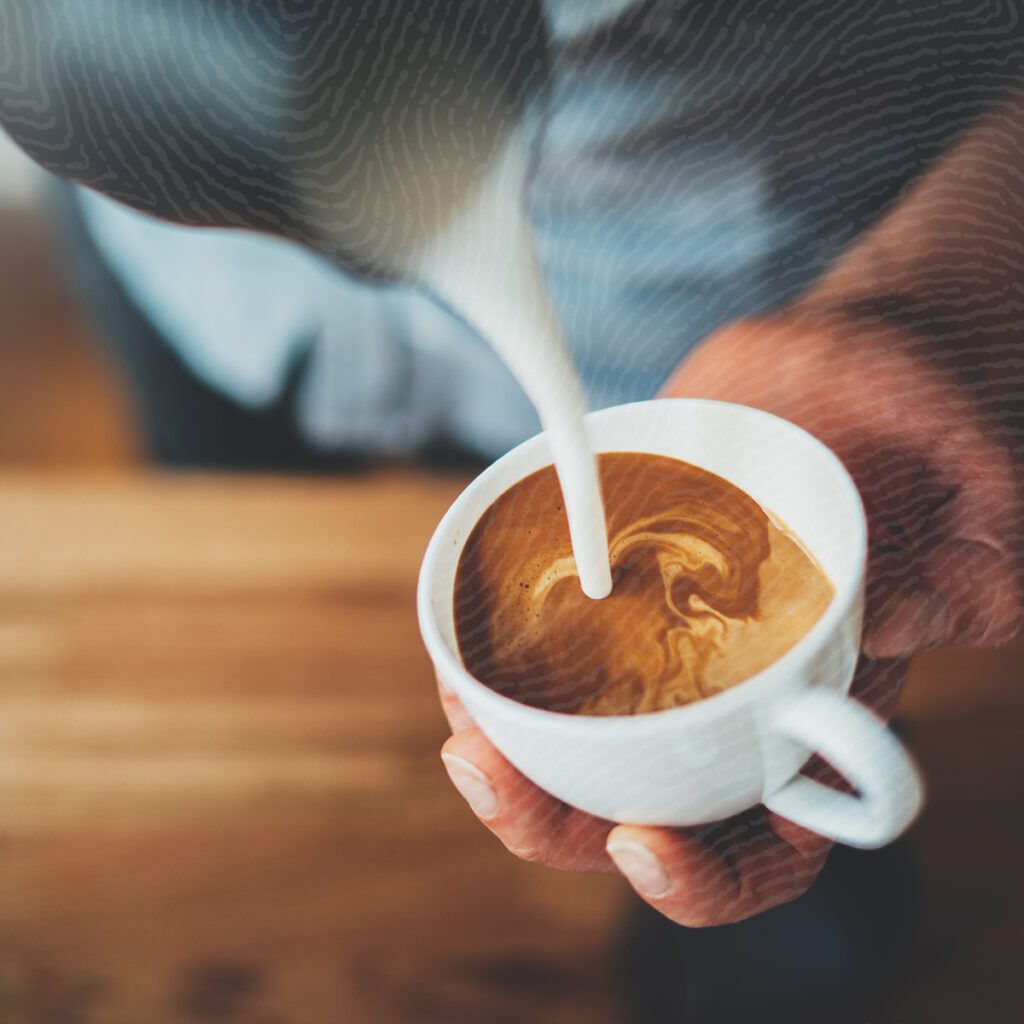Caffeine. A dangerous killer?
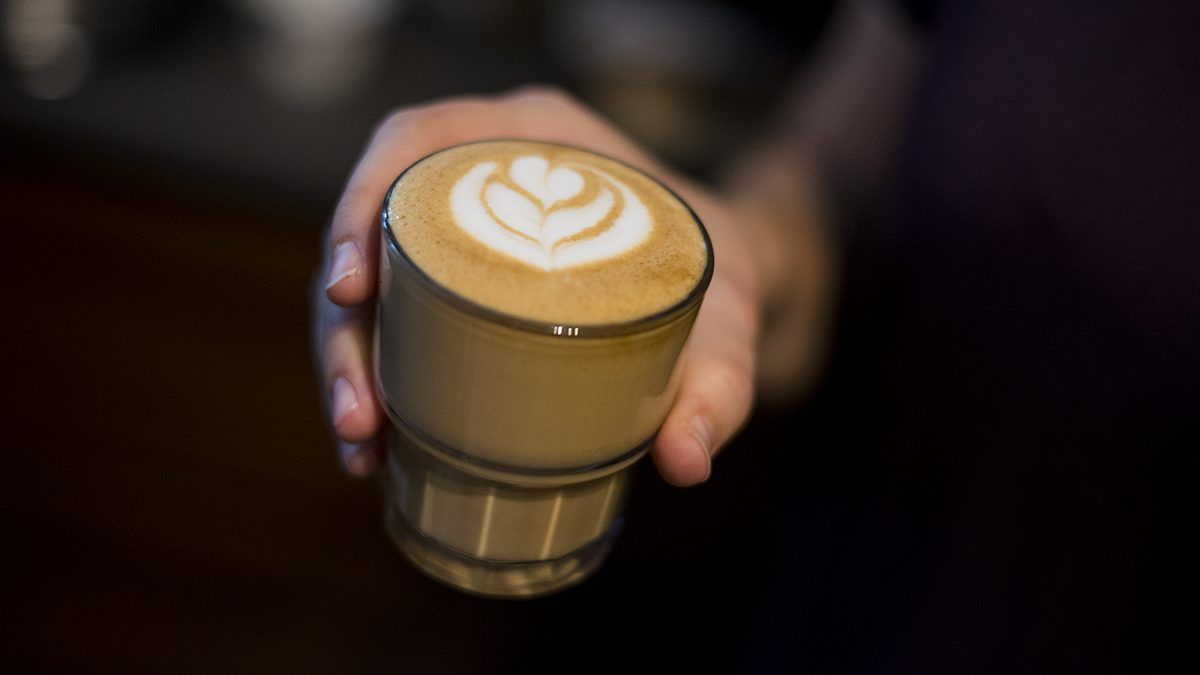
Caffeine is a substance that is found freely in nature in various plants, their leaves, flowers or fruits. When caffeine is mentioned, everyone is probably thinking of coffee immediately. And here comes the everlasting dilemma. Is caffeine dangerous, or is it just a myth?
Many studies show that caffeine has health benefits. It has a positive effect on the human body inside and out. The effects of caffeine have been known since ancient times. Its ability to affect the human body is amazing and is therefore used in many areas such as gastronomy, cosmetics, the pharmaceutical industry, etc.
But most often everyone sees caffeine in connection with coffee. This second best-selling commodity in the world is a rich source of antioxidants for the human body. The stimulating effects of coffee on the human body are well known and therefore many cannot imagine their morning routine without it. However, everything needs to be done in moderation. Excessive caffeine consumption can also cause side effects such as anxiety, sleep disturbances, palpitations and restlessness.
According to the American National Coffee Association (NCA), a regular cup of (dripped) coffee contains approximately 65-120 mg of caffeine. However, the amount of caffeine in the cup cannot be generalized, it is influenced by several factors that we must take into account when preparing coffee:
- Coffee bean type – Arabica coffee beans are known to contain less caffeine than robusta beans.
- Roasting – lighter roasted coffee has a higher caffeine content than darker roasted coffee.
- Type of coffee – the caffeine content can vary significantly between filtered coffee, espresso, instant coffee and decaffeinated coffee. Filtered coffee usually contains more caffeine than espresso.
- Serving size – “one cup of coffee” can range from 15 to 300 ml, which also affects the total caffeine content.
- Brewing time – the longer the water flows through the ground coffee, the more caffeine is released
- Although the name can be misleading, decaffeinated coffee is not completely decaffeinated, on average it contains about 3mg of caffeine.
The daily dose of caffeine should not exceed 200-300 mg, which corresponds to approximately 5-6 properly prepared espressos from the Arabica variety.
Caffeine has also found great use in the cosmetics industry. How to keep your skin tout as long as possible? How to slow down aging?
Cosmetic companies have begun to add coffee and coffee berry extracts – caffeine – to many of their products. Studies whose results have been published in the Journal of Investigative Dermatology, show that caffeine breaks down UV-infected cells without damaging healthy cells. Due to its anti-inflammatory and stimulating properties, it has a positive effect on the skin and penetrates through it into the body.
Coffee peeling is currently experiencing a big boom. This cosmetic product is a mixture of roasted and green coffee in combination with various oils. And the effects?
- helps remove dead skin
- has an anti-inflammatory effect
- thanks to the caffeine content, which strengthens the skin, it can help reduce cellulite
- antioxidants prevent the formation of wrinkles and prevent premature skin aging
- relieves eye swelling, can help reduce circles under the eyes
- contributes to the overall regeneration of the skin
To sum it up, there is a difference between taking caffeine through coffee and the difference between applying a caffeine-containing cosmetic product to the body. While the caffeine contained in coffee gets directly into the body, which we apply through the cream, brings benefits only locally.
Every human body is different and reacts individually, so only yourself can find out, how beneficial is caffeine for your body
Roasted coffee
Fingerprint of delicious aroma, love of nature and sustainability pressed onto every coffee bean processed in our roastery.
32 PRODUCTS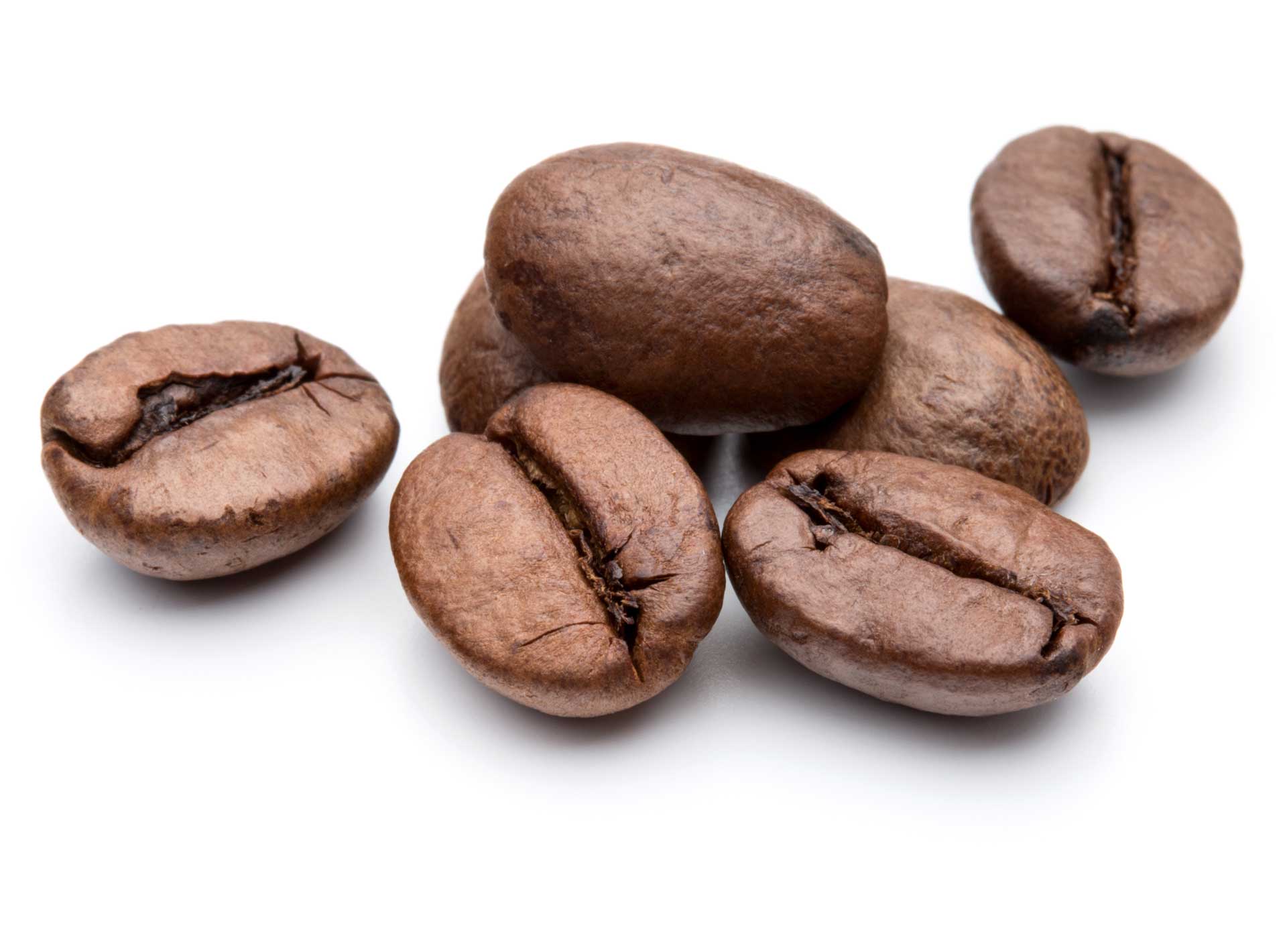
Green coffee beans
Fresh coffee you can roast in the comfort of your home according to your preferences.
15 PRODUCTS